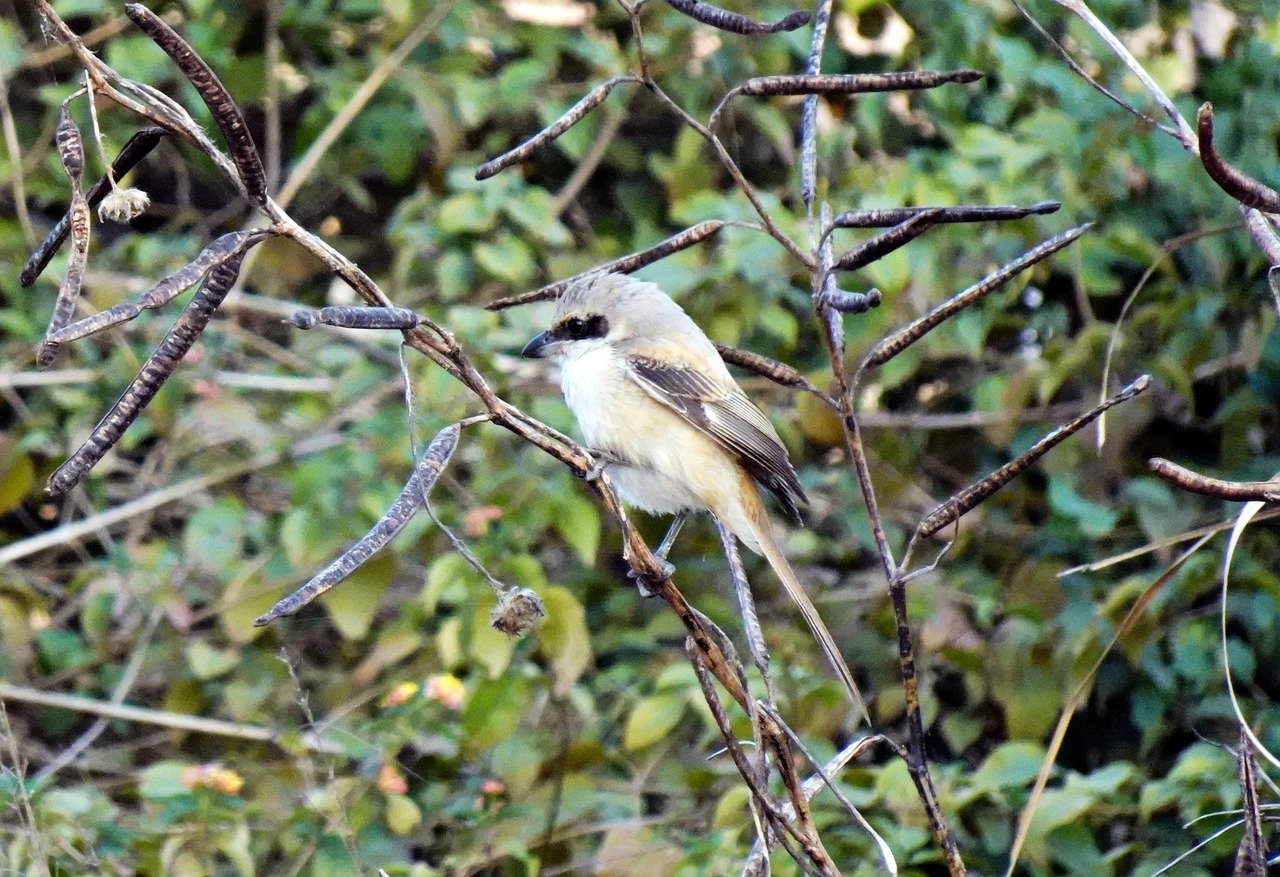Selection of habitat and perches by the Great Grey Shrike Lanius excubitor and the effects of snow layer and prey type
DOI:
https://doi.org/10.34080/os.v11.22858Keywords:
foraging ecology, climate effects, behaviour, predator-prey interactionAbstract
Field observations on Great Grey Shrikes Lanius excubitor were performed in four study areas in SW Finland (60°N, 22°E). The relation between habitat use, perch selection, prey type and the presence of a snow layer was evaluated. The mean yearly (± SE) territory size was 144 ha ± 14.3. The habitat selection depended on if snow cover was present, reflecting the favouring of vegetation-scarce arable fields when hunting invertebrates and vegetation-rich habitats when mainly vertebrates were available. Consistent with theories on optimal perch height, the shrikes chose higher perches when mainly vertebrates were hunted and also increased the time/perch, probably reflecting that vertebrate prey occur less frequently than invertebrate prey. The selection of lower perches when hunting invertebrates was evident in mild winter periods but not in the autumn; the reasons for this is discussed. The appearance of snow increased the distance to mammalian prey but the average capture frequency of mammals remained unchanged. In accordance with optimal foraging theory the shrikes preferred to hunt invertebrates when these were available rather than to adopt a hunting strategy that would optimise the encounter rate with vertebrates. However, the average hunting rate of ground-living prey decreased as the snow depth increased whereas energetically costly types of hunting behaviour, like rate of movements, hovering and hunting of birds remained unchanged.
Downloads

Downloads
Published
How to Cite
Issue
Section
License
The copyright of each contribution belongs to the author(s), but all contributions are published under a Creative Commons license, so that anyone is free to share and reuse the contribution as long as the copyright holder is attributed.







